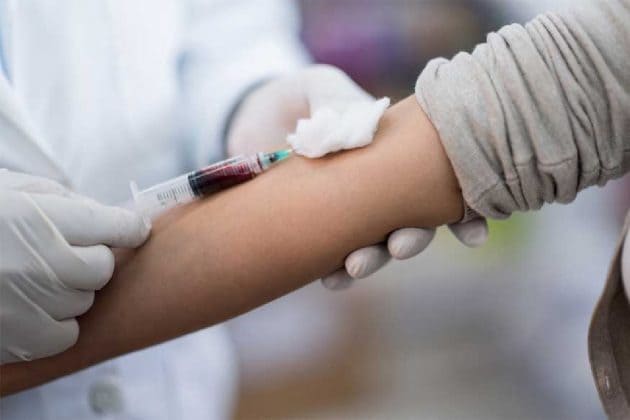

excluding the possibility of an adverse event such as testing for certain antibodies to prevent a blood transfusion reaction.assisting pre-treatment preparations such as cross matching blood prior to having a blood transfusion following an accident or surgery.

Pathology tests can also help prepare a person for treatment by: determining the response to a therapeutic drug treatment such as warfarin therapy to “thin the blood” confirming the treatment is working, or if the dose for drug treatment needs adjustment, such as using a thyroid function test to check if thyroxine replacement therapy is effective.Pathology tests can also determine how well a treatment is working by: Pathology tests can assist treatment monitoring and preparationApproximately 13% of pathology tests are requested to monitor treatments such as drug therapy. Pathology test results must be assessed along with other factors such as age, environment or gender. help prevent an infectious disease spreading to others in the family or wider community such as testing pregnant women for rubella (German measles) to prevent serious birth defects or miscarriage.ĭid you know? Pathology tests don’t give a simple ‘yes’ or ‘no’ answer about the future risk of a disease.help monitor the effectiveness of treatment for a disease or condition such as assessing the average amount of glucose in the blood over a few months to monitor diabetic control.An example is using blood tests to monitor the progress of kidney disease. Pathology tests can assist disease/condition monitoring and managementApproximately 20% of pathology tests are requested to monitor and manage the progress of a disease or condition, and provide information about how it is likely to progress (prognosis).
#PATHOLOGY TEST SKIN#
provide a final diagnosis such as an assessment of a biopsy to check if a mole or lesion is a skin cancer.provide information to confirm or exclude the presence of particular diseases, such as a wound swab to confirm or rule out a bacterial infection.Pathology tests can assist a medical diagnosisPathology tests are associated with more than 70% of all diagnoses and almost all cancer diagnoses. Here is a snapshot of those reasons, including some points to consider. More than 11 million Australians have at least one pathology test a year for a variety of reasons. Why do I need a pathology test? (PDF 667 KB) Aboriginal and Torres Strait Islander Health.

Department of Health | Pathology - The Facts.


 0 kommentar(er)
0 kommentar(er)
